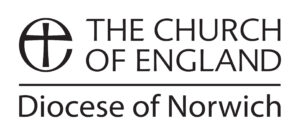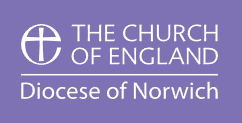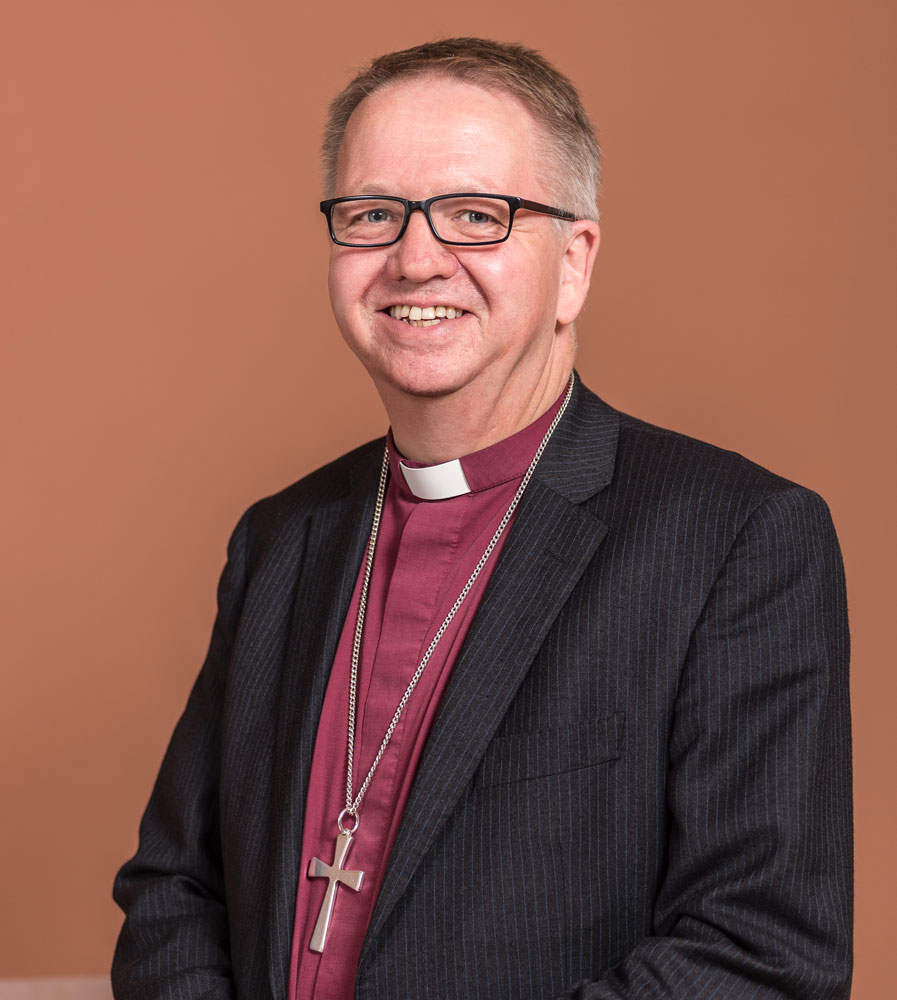Bishop Alan has written a Christmas message for the EDP. This article was written for the EDP and Evening News and published in December 2018.
“What do Bethlehem and Great Yarmouth have in common?
“On a trip to Bethlehem a few years ago my image of the ‘little town’ many of us sing about at Christmas was challenged. It’s not so little now, quite a busy, modern development, with the usual hustle and bustle of shops and cars and people going about their business.
“As I looked out of the room I was staying in, down the hillside to some of the buildings below, my eye was caught by one of the typical square houses. There was a satellite dish and a collection of plastic water tanks on the roof. There were a few children playing on the bare soil between the houses and a few olive trees and bushes.
“Behind the house was a lean-to, possibly a corrugated iron roof giving a little shelter. A ramshackle fence enclosed the area and a brown cow stood next to a small black calf sheltering from the sun. A few yards away, a donkey or small pony swished its tail against the flies and a few chickens pecked in the dirt.
“This was Bethlehem, a house with a makeshift stable at the back, populated by a collection of farmyard animals from central casting.
“It fulfilled something of my need as a pilgrim to the Holy Land. I couldn’t ignore, though, the context in which it was set, a context that points to the deeper claims behind the Christmas story. A wall divides Bethlehem from its larger neighbour Jerusalem and marks this out as a place of conflict, of fear and insecurity, of political difference and disputed justice.
“It’s easy to put up our decorations and assemble our crib scenes, perhaps even to go to a Crib or Carol service. Is that all that faith requires? The challenge for me is to see beyond the sentiment of the Christmas story to the wider context, of Jesus’ birth and of our lives today.
“The manner of Jesus’ birth is meant to connect with the life he went on to live. The time and the place that he was born reflected similar tensions to those present in Bethlehem today. Born on the margins in a place of poverty, in an occupied country, his parents forced to flee for fear of his life. He went on to have a special concern for the poor, those injured by life and rejected by society. He reached out to the fearful and challenged the powerful. He welcomed and befriended the people others preferred to shun.
“Christians believe that Bethlehem is the place where the light of God’s love broke into the darkness of a broken world.
“Just a few weeks ago I was fortunate to accompany the Archbishop of Canterbury on his visit to this region on a trip down the east coast. We visited Happisburgh, Caister, Gorleston, Lowestoft and Great Yarmouth and he met people and saw places where life is lived on the edge, life on the margins.
“The Yarmouth visit included lunch at the Pathway Café where people who are homeless or unwaged or simply hungry can receive a free meal. Staffed by volunteers we met some of those who come up to three times a week to enjoy a good meal in a warm room with some company.
“There was nothing sentimental about this, but it felt like the place where Jesus would be. In fact, surely the light of God’s love was there in the hunger and vulnerability of those who came to be fed, and in the kindness and generosity of those who came to cook and serve and befriend.
“On that day, Yarmouth felt like the place where light was breaking into the darkness of today’s broken world.”
+ Alan Thetford


